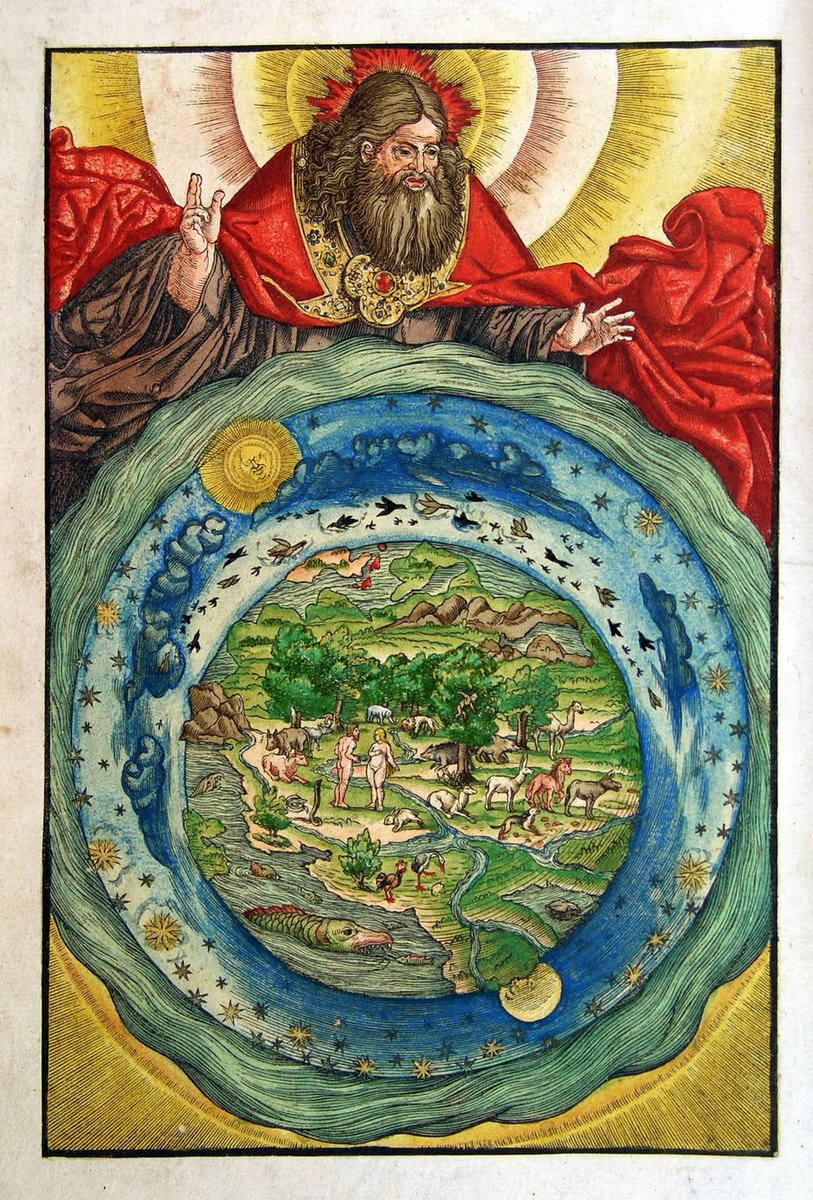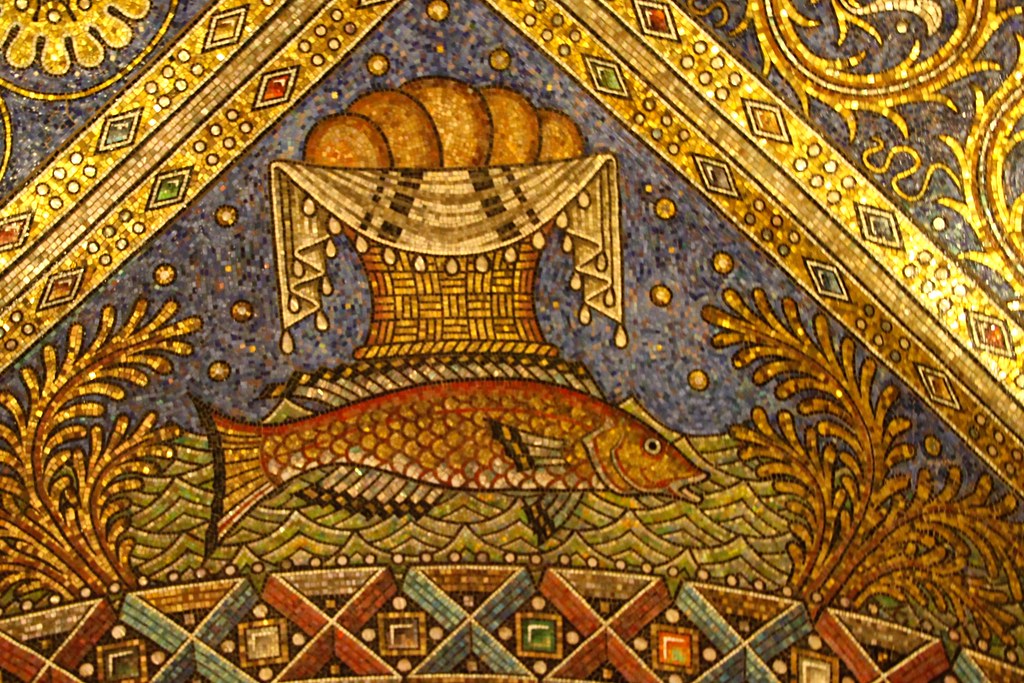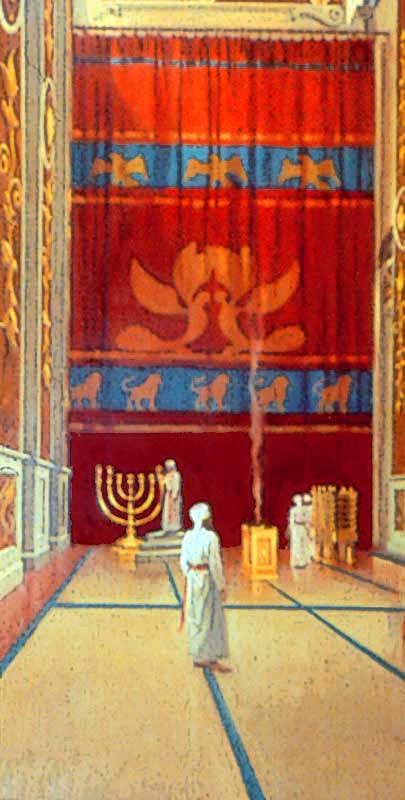
How to get URL link on X (Twitter) App


 Regarding Sermon 24, your reading of Martin's assessment of the manuscript tradition is mistaken.
Regarding Sermon 24, your reading of Martin's assessment of the manuscript tradition is mistaken. 


 In Sermon 23, On the Nativity of the Lord, Proclus says:
In Sermon 23, On the Nativity of the Lord, Proclus says:

 Saint Euphemia was a virgin from a noble family of the city of Chalcedon who was savagely tortured and martyred during the Diocletianic persecution of 303.
Saint Euphemia was a virgin from a noble family of the city of Chalcedon who was savagely tortured and martyred during the Diocletianic persecution of 303.

 In the Gospel, the Lord Himself declares in no uncertain terms:
In the Gospel, the Lord Himself declares in no uncertain terms:

 The earliest attestation of this motif comes from the Passion of Saints Perpetua and Felicity, composed in the early 3rd century. While in prison, Saint Perpetua receives a vision of her dead brother who died as a child. He appears in a state of agony, unable to reach a pool of water to refresh himself. However, after Perpetua prays for him, he appears to her again transformed:
The earliest attestation of this motif comes from the Passion of Saints Perpetua and Felicity, composed in the early 3rd century. While in prison, Saint Perpetua receives a vision of her dead brother who died as a child. He appears in a state of agony, unable to reach a pool of water to refresh himself. However, after Perpetua prays for him, he appears to her again transformed:

 In recent times, one of the greatest proponents of the "astrological thesis"—if we may call it so—was the British author and man of letters C.S. Lewis. In his 1964 analysis of medieval cosmology, The Discarded Image, he wrote:
In recent times, one of the greatest proponents of the "astrological thesis"—if we may call it so—was the British author and man of letters C.S. Lewis. In his 1964 analysis of medieval cosmology, The Discarded Image, he wrote:

 Take these 2nd and 3rd-century AD mosaics from Zeugma (left) and Sparta (right). The words Δαίδαλος, Ἴκαρος, and Ἀλκιβιάδης are spelled Δέδαλος, Εἴκαρος and Ἀλκηβειάδης, showing a confusion between the sounds αι ~ ε, ει ~ ι, and η ~ ι.
Take these 2nd and 3rd-century AD mosaics from Zeugma (left) and Sparta (right). The words Δαίδαλος, Ἴκαρος, and Ἀλκιβιάδης are spelled Δέδαλος, Εἴκαρος and Ἀλκηβειάδης, showing a confusion between the sounds αι ~ ε, ει ~ ι, and η ~ ι. 


 Saint Epiphanius was a Jewish convert who served as a bishop on the island of Cyprus in the late fourth century. He was a disciple of Saint Hilarion of Gaza, the founder of Palestinian monasticism. Being a polyglot, and possessed of excellent secular learning, Epiphanius made it his mission to extirpate heresy anywhere he could find it.
Saint Epiphanius was a Jewish convert who served as a bishop on the island of Cyprus in the late fourth century. He was a disciple of Saint Hilarion of Gaza, the founder of Palestinian monasticism. Being a polyglot, and possessed of excellent secular learning, Epiphanius made it his mission to extirpate heresy anywhere he could find it.

 First Day (18 March): Creation of the World/Palm Sunday
First Day (18 March): Creation of the World/Palm Sunday

 Anselm offered the following edifying metaphor:
Anselm offered the following edifying metaphor:

 For more in-depth analysis, check out @Michael__Garten's excellent new book, Early Icons.
For more in-depth analysis, check out @Michael__Garten's excellent new book, Early Icons. 

 In the Gospels, Christ says, “There is no greater love than this, when a man lays down his life for the sake of his friends.” (John 15:13)
In the Gospels, Christ says, “There is no greater love than this, when a man lays down his life for the sake of his friends.” (John 15:13)

 The idea that grace can flow through the material remains of a saint appears already in the Old Testament.
The idea that grace can flow through the material remains of a saint appears already in the Old Testament. 

 In 814, the iconoclast Claudius of Turin began removing icons from his church in Northern Italy and writing against their veneration.
In 814, the iconoclast Claudius of Turin began removing icons from his church in Northern Italy and writing against their veneration. 

 Typically, the argument goes like this: in 1598, Galileo conducted the Tower of Pisa experiment, which invalidated Aristotle’s theory of motion, and in 1610 he observed the phases of Venus, which disproved geocentrism.
Typically, the argument goes like this: in 1598, Galileo conducted the Tower of Pisa experiment, which invalidated Aristotle’s theory of motion, and in 1610 he observed the phases of Venus, which disproved geocentrism. 

 When investigating the reason why St. Peter and Paul are often invoked together, St. Augustine (d. 430) suggests that it is because "in many places [believers] chanced to see these two apostles represented in pictures as both in company with [Christ]." Harmony of the Gospel 1.10
When investigating the reason why St. Peter and Paul are often invoked together, St. Augustine (d. 430) suggests that it is because "in many places [believers] chanced to see these two apostles represented in pictures as both in company with [Christ]." Harmony of the Gospel 1.10 

 The use of religious imagery goes back to the Old Testament. The Temple of Solomon had images of the Cherubim embroidered on the curtains of the Holy of Holies, bronze bulls, and wash-bassins carved with oxen and lions. (See Ex 26:31, 1 Kings 7:23-29)
The use of religious imagery goes back to the Old Testament. The Temple of Solomon had images of the Cherubim embroidered on the curtains of the Holy of Holies, bronze bulls, and wash-bassins carved with oxen and lions. (See Ex 26:31, 1 Kings 7:23-29) 
